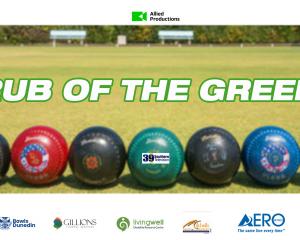
Ok, so you have a shortlist of cars that you like, and it's now time to try them on to see how they feel.
What's the job of the test drive?
Here's what it's not: aimlessly cruising around the streets with bad music pouring out of the window.
No, the job of the test drive is about simulating your real-life driving patterns so you can get an accurate feel for each car.
It's a lot like a job interview for car buying, and just like in an interview, you need to have a process that you put the car through to see if it's going to be the right fit for you or not.
So, I've put together a simple process that you can follow to make sure you get the most from each drive. They are made up of three parts:
1. Pre-Test Drive
2. Test Drive
3. Post Test Drive
You can have three parts done fairly quickly, don't waste any time but make sure that you put each car through the same process.
Pre-Test Drive - The Set Up
Most people overlook this part of the test drive but it is, as important, if not more important than the drive itself because it's a big part of how you experience the drive.
(Important Tip: Ask your car dealer to get you set up properly.)
Make sure the seat is adjusted so that you can comfortably:
1. Reach the pedals
2. Have the best visibility
3. See the dashboard instruments
4. Reach the gears and handbrake
5. Reach the stereo
Some cars will have a telescopic steering wheel allowing you to shift the steering wheel up and down and in and out along with a seating adjustment mechanism that will allow the seat to move up, down, in and out also.
Once you're all set up it's time to go for the drive.
The Test Drive
Now that you're all set up it's time to take the car on the road.
Remember that the job of the test drive is to simulate your real life driving patterns, so it's important that you have a route in advance that you will take all of your test drives through.
Your route should include:
- To and from work
- Up hills and down hills (does the car drop down in gear a lot or is it happy to power up the hill?)
- Open road (does the car get noisy on the open road?)
- Around the city (is it easy to manoeuvre through traffic?)
- Parking (can you park easily?)
Have a ‘test drive route' that includes as many of these 5 situations as possible and stick to it. Try to avoid test drives using different routes because chances are you may create an inaccurate experience from test drive to test drive.
Post Test Drive - Reflect
Once you've taken your car for a test drive it's time to take note of the things that you liked and didn't like.
While you're on your ‘test drive route' what did you notice about each part of the drive?
- Does the car get noisy on the open road or did it feel comfortable at higher speeds?
- Does the car drop down heaps of gears going uphill or does it power through easily?
- Was it easy to manoeuvre through the city?
- Was it easy to park?
Have questions ready for the car dealer around anything that you feel is worth discussing.
If you're one of those super organized types then take a pad or checklist with you or taker notes on your iPhone or other device.
Summary:
The test drive is one of the most important elements of the car buying process so take your time, try to simulate your situation as closely as you can, get the car out on the open road to see how it responds (keep in mind that some parts of the highways are made from different asphalt so take each car out on the same route). Hope you enjoyed this article and use this method for your next test drive!
Interested in a test drive?
You may want to consider having a look at the Suzuki range with NZ top seller Suzuki Swift or the more rugged Suzuki SX4 or maybe the award winning Suzuki Kizashi? Vince and myself (Emma) will be happy to give you the keys to any of our Suzuki vehicles to take for a drive. You can visit us at Gilmour Motors Suzuki on 874 Princes Street (across from the Oval Park) or call 03 474 1670












